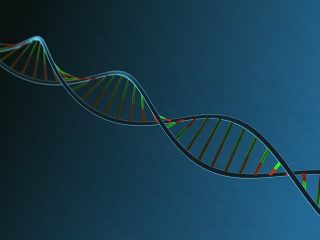Gene Editing
July 3, 2011Vaccine Wars
July 12, 2011 Scientists in Asia and Europe used the Ion PGM™ sequencer to determine the strain of the deadly German E. coli bacterium, sequencing its whole genome in only 2 hours and developing and delivering screening tests in 5 days.
Scientists in Asia and Europe used the Ion PGM™ sequencer to determine the strain of the deadly German E. coli bacterium, sequencing its whole genome in only 2 hours and developing and delivering screening tests in 5 days.
Back in the mid-1970s, it was thought that the challenges of sequencing DNA were so great that by the year 2000 even the smallest bacterial virus (5 thousand nucleotides, the basic unit of DNA) would probably not be sequenced. Yet within 10 years, that and more had been achieved via the advent of (for then) rapid sequencing methods.
And less than 40 years later, with the latest “next generation sequencing” methods, we see whole bacteria (4-5 million nucleotides) being sequenced in 2 hours, with all the potential that has for diagnostics and treatment.
Stay tuned for a wild ride ahead: how long will it be before personal, human genome sequencing is a widespread reality?




